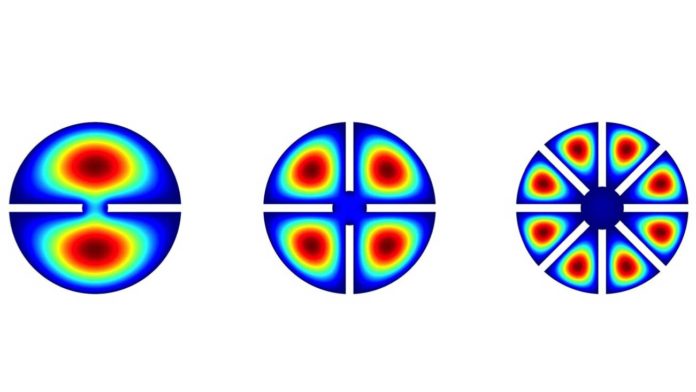For years, theoretical physicists are probing the existence of axions, resulting from a specific mechanism that could explain the contradiction between theories and experiments describing a fundamental symmetry.
According to physicists, this symmetry is associated with a matter-antimatter imbalance in the Universe, reflected in interactions between different particles.
If this mechanism occurred in the early Universe, such a particle might have a minimal mass and be ‘undetectable.” Subsequently, analysts recommended that the axion may likewise be a promising contender for dark matter.
Detecting axions could have important implications for ongoing dark matter experiments, enhancing the present understanding of these elusive particles.
Scientists at the Institute for Basic Science (IBS) have recently completed a quest for invisible axion dark matter utilizing a numerous cell cavity haloscope. The haloscope has been designed to observe halos, parhelia, and other similar physical phenomena. Their outcomes contrasted well with those of past haloscope-based axion dark matter searches, featuring the capability of the instrument they made for both dark matter searches and different physics research.
SungWoo Youn, one of the researchers who carried out the study said, “The axion is detectable in the form of a microwave photon that it is converted into in the presence of a strong magnetic field. A cavity haloscope, typically employing a cylindrical resonator placed in a solenoid to utilize resonance to enhance the signal, is the most sensitive approach to probe the well-established theoretical models.”
Usually, cavity haloscopes are sensitive to relatively low frequencies because resonant frequencies are inversely proportional to the cavity’s radius, which reduces the detection volume for high-frequency searches. That’s the reason most of the sensitive axion searches carried out so far, namely the Axion Dark Matter eXperiment (ADMC) by the University of Washington, set experimental limits below 1GHz. One possible way to avoid this volume loss would be to bundle many smaller cavities and combine individual signals to ensure that all frequencies and phases are synchronized.
Youn said, “This multiple-cavity system has been proposed earlier, but has not been successfully addressed, due to effects on the reliability and increased complexity of the system’s operation. Our team at the Center for Axion and Precision Physics Research (CAPP) at IBS, located at the Korea Advanced Institute of Science and Technology (KAIST) in South Korea, led by myself, thus developed a novel cavity design, so-called multiple-cell cavity.”
The cavity haloscope used in this study is characterized by multiple partitions that vertically divide its cavity volume into identical cells. This unique design increments resonant frequencies with a minimal loss in volume. The specialists additionally guaranteed that a gap separates partitions situated in the cavity.
Youn explained, “By making all the cells spatially connected, our design enables a single antenna to pick up the signal from the entire volume and thus significantly simplifies the structure of the receiver chain. The optimally sized gap also allows the axion-induced signal to be evenly distributed over the space, maximizing the effective volume regardless of machining tolerance and mechanical misalignment in cavity construction. I dubbed this cavity design ‘pizza cavity’ and compared the gap to a pizza saver, which keeps slices intact with its original toppings.”
During the study, scientists used the haloscope to search for axion dark matter utilizing a 9T-superconducting magnet at a temperature of 2 kelvin (−271 °C). This allowed the scientists to quickly scan a frequency range of >200 MHz above 3 GHz, which is 4~5 times higher than that covered by the ADMX experiment.
Youn said, “Even if we have not observed any axion-like signal, we successfully demonstrated that the multiple-cell cavity would be able to detect high-frequency signals with high performance and reliability. We also calculated that this new cavity design could enable us to explore the given frequency range four times faster than the conventional one due to the larger volume and higher efficiency. I often make a humorous but meaningful statement: If a traditional experiment takes four years to probe something, our experiment will take only one year. Our Ph.D. students can graduate a lot faster than others.”
The study proves the value and potential of the pizza-cavity haloscope they developed for conducting invisible dark matter searches in high-frequency regions. In the future, it could thus aid the search for this elusive type of matter and, someday perhaps even enable its detection.
Youn added, “Currently, our center is also preparing for experiments by grafting several pizza cavities onto the existing systems to search for even higher-frequency axions.”
Journal Reference:
- Search for invisible axion dark matter with a multiple-cell haloscope. Physical Review Letters (2020). DOI: 10.1103/PhysRevLett.125.221302
